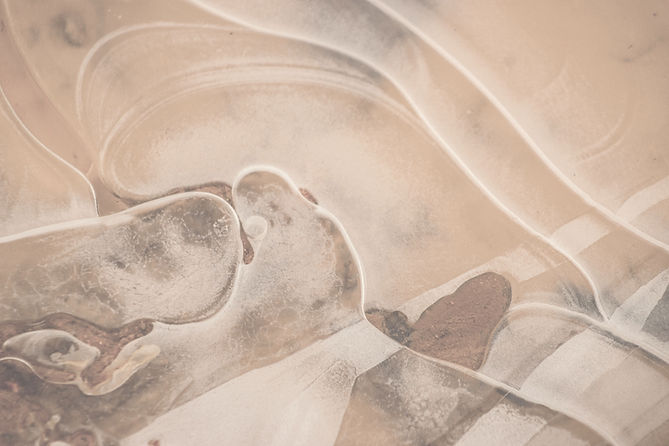
How we raise our puppies
We do our best to give our puppies the very best start to life that we can. We want our puppies to go to their new homes well socialised, ready for all of life's challenges and with tools to make raising them for their owners all that much easier. Here are some aspects to our program:


01
Time
We ensure that one of us is home (at least one of three adults with experience raising litters) with the puppies at all times, meaning often that we take time off our full time jobs, often dipping into unpaid leave to ensure they have all the supervision, care and socialisation required.
Raising puppies shouldn't be just checking on them every few hours or several hours of time a week - it is as engaging as raising your own puppy (times how many puppies there are!), which often takes up a lot of your day in early stages after they come home with you. For us, it is literally a 24/7 job.
We keep our numbers at home low so that we can dedicate sufficient time to each dog individually, as well as to our litters.
We consistently monitor our puppies as they grow, sleep in and next to the whelping box of our mothers, often rotate so that someone is always awake and in the room (literally 24/7) to watch the litter in the vulnerable first few weeks, especially with first time mothers, and dedicate most of our day to socialisation, training, exposure, feeding, cleaning etc. as they grow.
02
Puppy Culture

We proudly utilise Puppy Culture, the gold standard puppy raising program of the dog breeding world. This program covers:
-
ENS (Early Neurological Stimulation) and SMS (Simulated Maternal Stimulation)
-
Toilet Training from day one through to new homes
-
Clicker Training
-
Manding (automatic sits, asking permission and impulse control)
-
Obstacles and Challenges
-
Loose Lead Walking and collar familiarisation
-
Early scent introduction
-
Creating +CERs (Positive Conditioned Emotional Response)
-
Attention
-
Crate Training
-
Preventing Resource Guarding
-
Socialising to household and neighbourhood sounds, storms, firework sounds etc.
-
Empowering puppies to be calm and be able to self settle using Puppy Culture's scientifically proven techniques
-
Setting up routine that can carry through to new homes
-
Socialising with other dogs, obstacles and people
-
Recognised Temperament Testing
-
Handling
03
Home Environment
Our Puppies are raised in our home, and in the early weeks, in our bedroom right alongside where we spend all our day and time to ensure that they are healthy, safe and growing as expected.
They are exposed to regular household sounds such as vacuuming, dish-washing, talking, coughing, as well as more in our recorded simulations (sirens, fireworks, storms, babies crying, cats meowing etc) as well as people, objects and our other dogs.
They learn to toilet on first fake turf, then we transition to real grass so they are used to a usual toileting routine and surface for most homes before they leave here.
We begin their early stages of crate training to aid in both travel and settling into their new homes.
Someone is home at all times with our puppies to ensure their safety and to put in as much as we can in the time they are with us before they go.
04
Nanny Dogs
Oftentimes, mothers need breaks from their puppies as when they cut their teeth, lactating becomes painful. This also usually initiates the weaning process. This is the age we tend to introduce our other dogs to the puppies. Having raised several generations of puppies as well as their own, our nanny dogs are fantastic in aiding teaching our puppies manners and social skills alongside their mother and siblings, where we cannot.

05
Socialisation and Exposure
-
We bathe our puppies at least twice before they leave us, and introduce weekly blow drying sessions to get them used to future grooming.
-
Their nails are trimmed weekly, and we introduce them to a dremel, clippers and nail file.
-
They get used to tablets and oral syringes being dispensed almost weekly from two weeks old.
-
They are handled each and every day, multiple times a day from birth - for weighing, for SMS sessions, for assisting with feeding, for cuddles, for desensitisation and more.
-
They are introduced to multiple different surfaces throughout our home, including vetbed, dog beds, towels, vinyl, wood flooring, tiles, sandstone, grass, concrete, metal, rubber and more.
-
They are introduced to interactive music toys, vibrations,
-
They are introduced to toilet training in incremental stages from as soon as they can toilet on their own.
-
We introduce them to collars from day 1, and ensure they are comfortable with harnesses, collars and leads before they leave us.
